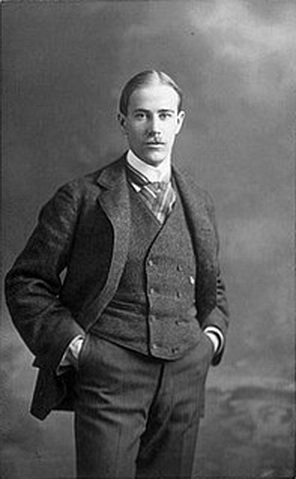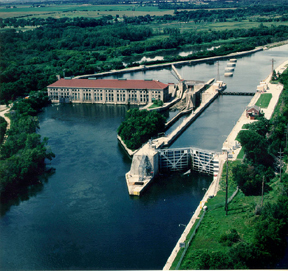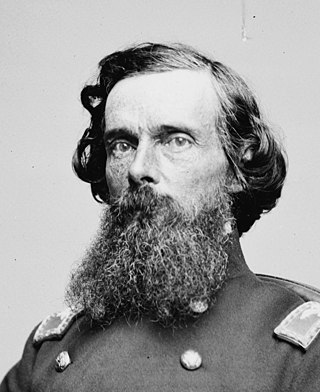Related Research Articles

Civil engineering is a professional engineering discipline that deals with the design, construction, and maintenance of the physical and naturally built environment, including public works such as roads, bridges, canals, dams, airports, sewage systems, pipelines, structural components of buildings, and railways.

Environmental engineering is a professional engineering discipline related to environmental science. It encompasses broad scientific topics like chemistry, biology, ecology, geology, hydraulics, hydrology, microbiology, and mathematics to create solutions that will protect and also improve the health of living organisms and improve the quality of the environment. Environmental engineering is a sub-discipline of civil engineering and chemical engineering. While on the part of civil engineering, the Environmental Engineering is focused mainly on Sanitary Engineering.

The American Society of Civil Engineers (ASCE) is a tax-exempt professional body founded in 1852 to represent members of the civil engineering profession worldwide. Headquartered in Reston, Virginia, it is the oldest national engineering society in the United States. Its constitution was based on the older Boston Society of Civil Engineers from 1848.

Louis Agassiz Fuertes was an American ornithologist, illustrator and artist who set the rigorous and current-day standards for ornithological art and naturalist depiction and is considered one of the most prolific American bird artists, second only to his guiding professional predecessor John James Audubon.

The Chicago Sanitary and Ship Canal, historically known as the Chicago Drainage Canal, is a 28-mile-long (45 km) canal system that connects the Chicago River to the Des Plaines River. It reverses the direction of the Main Stem and the South Branch of the Chicago River, which now flows out of Lake Michigan rather than into it. The related Calumet-Saganashkee Channel does the same for the Calumet River a short distance to the south, joining the Chicago canal about halfway along its route to the Des Plaines. The two provide the only navigation for ships between the Great Lakes Waterway and the Mississippi River system.

James Pugh Kirkwood was a 19th-century American civil engineer, and general superintendent of the Erie Railroad in the year 1849–1850. He left the Erie to go to the southwest to construct railroads, and he made the first survey for the Pacific Railroad west from the Mississippi to the Rocky Mountains. The towns of Kirkwood, Missouri and Kirkwood, New York are named in his honor. In the late 1860s he served as president of the American Society of Civil Engineers.

Sanitary engineering, also known as public health engineering or wastewater engineering, is the application of engineering methods to improve sanitation of human communities, primarily by providing the removal and disposal of human waste, and in addition to the supply of safe potable water. Traditionally a branch of civil engineering and now a subset of environmental engineering, in the mid-19th century, the discipline concentrated on the reduction of disease, then thought to be caused by miasma. This was accomplished mainly by the collection and segregation of sewerage flow in London specifically, and Great Britain generally. These and later regulatory improvements were reported in the United States as early as 1865.

Fuertes Observatory is an astronomical observatory located on the North Campus of Cornell University in Ithaca, New York. The observatory was designed by L.P. Burnham, Cornell Professor of Architecture and completed in fall of 1917. It was originally used by the Civil Engineering Department as an instructional field office for navigation and surveying. Today, the observatory is primarily used for public outreach, welcoming over two thousand visitors per year with open houses on clear Friday nights.

Abel Wolman was an American engineer, educator and pioneer of modern sanitary engineering. His professional career left impacts in academia, sanitary engineering research, environmental and public health services, engineering professional societies, and journal publications. Wolman is best known for his research with Linn Enslow in the chlorination of Baltimore's municipal water supply, which has contributed to the distribution of safe municipal water supplies globally.

Estevan Antonio Fuertes was a Puerto Rican-American civil engineer and professor of astronomy at Cornell University.

Julius Walker Adams was an American civil engineer and railroad engineer, who designed the Starrucca Viaduct. He co-founded the American Society of Civil Engineers in 1852 and served as its president from 1874 to 1875.

William Paul Gerhard was a German-American sanitary engineer.

George Chandler Whipple was an American civil engineer and an expert in the field of sanitary microbiology. His career extended from 1889 to 1924 and he is best known as a co-founder of the Harvard School of Public Health. Whipple published some of the most important books in the early history of public health and applied microbiology.

George Holt Henshaw was a Canadian engineer and draftsman, who worked as engineer in waterworks and for railway companies in Canada, the United States and Denmark. He is particularly known for drafting the first organizational chart designed by Daniel McCallum.

William Ashburner Cattell was a U.S. civil engineer. He served as President of the Petaluma and Santa Rosa Railroad.

Minard Lafever Holman was an American civil engineer at the City of St. Louis Water Division, known as President of the American Society of Mechanical Engineers in the year 1908-09.
Fuertes is a surname. Notable people with the surname include:
Hillhouse may refer to:
Ramesh Sumant Mehta was an Indian educator and environmental and sanitary engineer. Born to social worker parents, he was educated in civil and sanitary engineering. He did pioneering work in the field of water supply, drainage, waste management and pollution control in India. Along with his advisory roles, he served with several educational institutes in various capacities.

Thomas Ringgold Camp (1895–1971) was an American engineer noted for his pioneering work in sanitary engineering. He was a professor of sanitary engineering at the Massachusetts Institute of Technology (MIT) from 1929 to 1944 before forming the consulting engineering firm of Camp, Dresser & McKee.